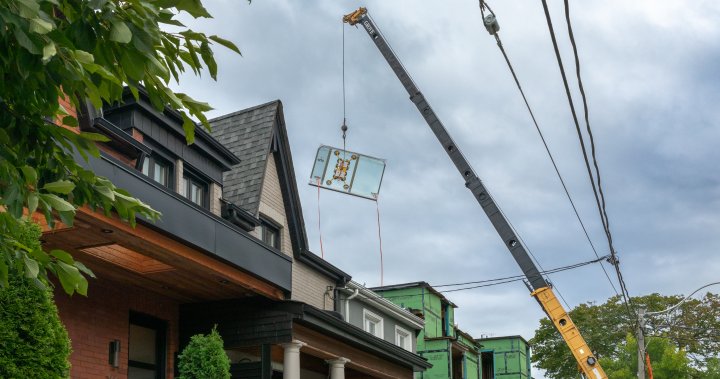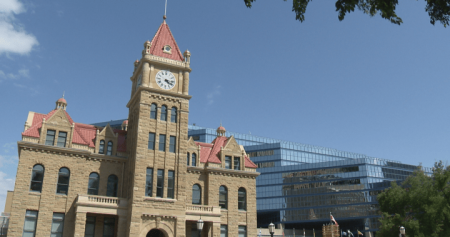A new report by Re/Max Canada indicates that the increase in spending on home renovations during the pandemic has contributed to higher prices for single-family homes in the Toronto and Vancouver areas of Canada. The report highlights that national renovation spending has increased by an estimated $300 billion between 2019 and 2023, with a particular focus on home renewal and revitalization projects in these two major real estate markets. This surge in spending marks an eight per cent increase from the previous five-year period, significantly impacting housing values in these regions.
The report emphasizes that revitalization projects are a key factor in the rising housing values, stating that this trend is often underestimated. It mentions how a significant amount of money is being funneled into renovations and infill projects that are redefining neighborhoods, especially in areas where existing structures have not kept pace with increasing land values. Infill, in urban planning terms, refers to building on underutilized land within developed areas. The report points out that older wartime bungalows and smaller two-storey homes are primary targets for redevelopment, leading to the transformation of working-class neighborhoods into trendy areas with custom-built homes.
Re/Max Canada’s president, Christopher Alexander, highlights the impact of renovation and revitalization projects on housing supply and affordability. With available land in cities being used for high-density construction, single-detached homes are becoming rare and sought after. Existing homeowners who cannot find what they are looking for in the market are opting to purchase older homes in their preferred areas and either renovate or build their dream homes. Alexander predicts that this trend will continue to strengthen in the coming years, further driving up prices for single-detached housing.
Despite a decrease in the value of residential building permits issued for single-family dwellings in the Toronto and Vancouver areas during the 2019-2023 period, the report points out that the renovation and infill trend is not surprising given the age of a significant portion of the existing housing stock in these regions. Close to 30 per cent of homes in the Greater Toronto Area and around 20 per cent in Vancouver were built in 1960 or earlier, leading to a need for rehabilitation and redevelopment. However, the report acknowledges that rehabilitating older homes can be costly and unpredictable, often leading to budget overruns.
The report emphasizes the push to maximize square footage or increase density on individual building lots in traditional urban neighborhoods as homeowners and builders aim to make the best use of scarce land. This trend is expected to have long-term implications for housing values, as more homeowners opt to renovate or rebuild rather than purchase new homes. The report suggests that this trend will continue to drive price growth for single-detached housing in the Toronto and Vancouver areas in the future. Overall, the increase in renovation spending and infill projects has had a significant impact on the real estate markets in these regions, contributing to higher prices for single-family homes despite downward market pressure.













